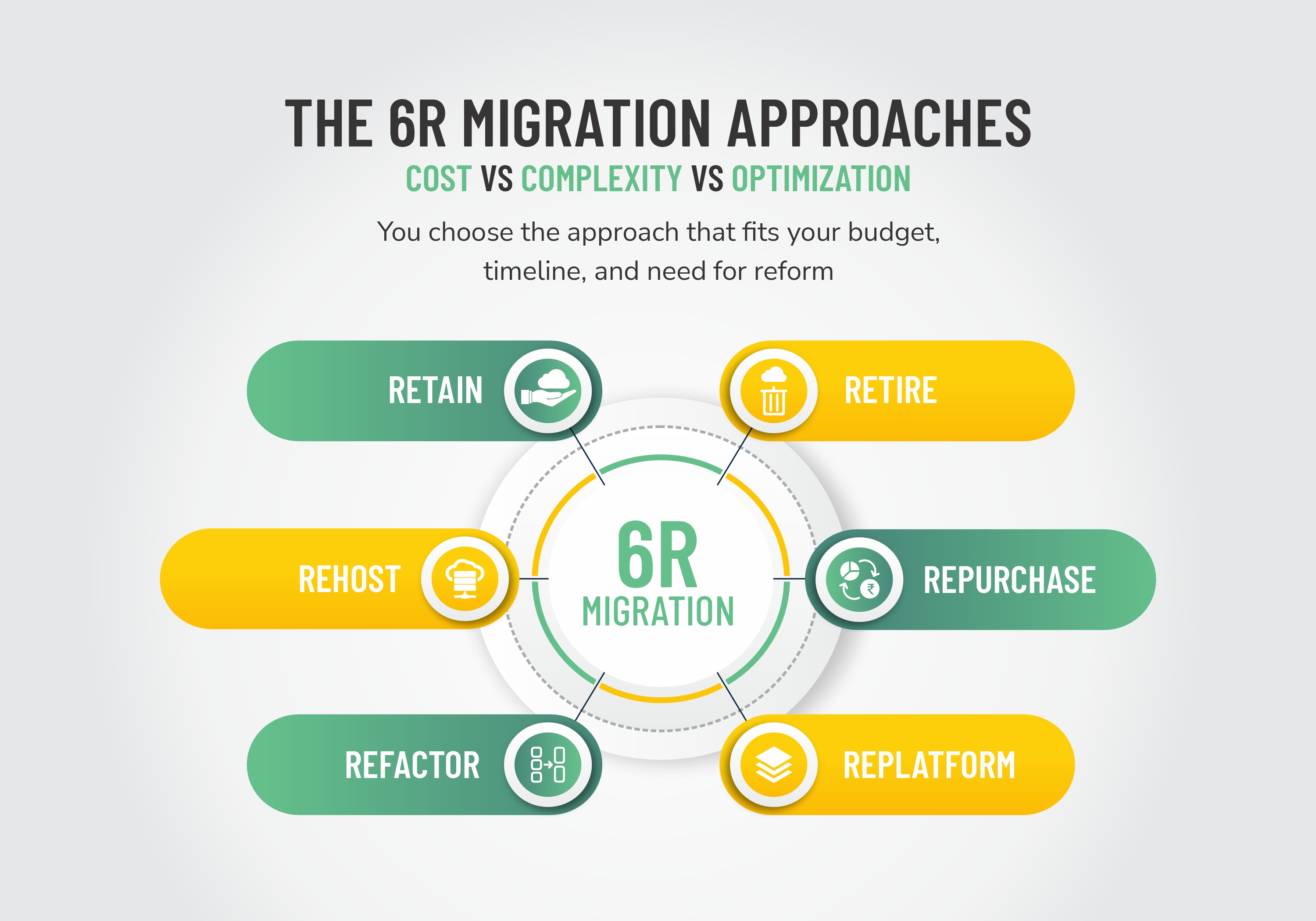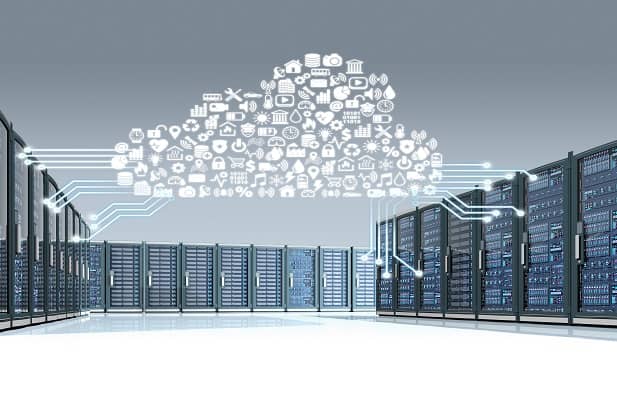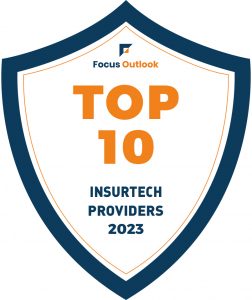An end-to-end app modernization strategy liberates enterprises’ critical assets, trapped in the claws of millions of source code lines. It delegates flexible business models, process improvements, and opportunities to drive down costs and enhance business-to-IT alignment.
Businesses are acknowledging IT modernization’s dimension, impact, and growth opportunity. They want to capitalize on state-of-the-art technologies to align IT strategies with corporate vision.
A bird’s eye view of app modernization strategy will help identify, reach, and engage business audiences and make the most of the new opportunities.
Table of Contents
What is a Legacy Application?
Legacy systems refer to outdated software applications or technologies that were developed in the past and are still in use today. These systems often lack compatibility with modern technologies, limiting their ability to adapt to new business requirements and technological advancements.
Several factors can contribute to an application becoming legacy. One such factor is software brittleness, which refers to the fragility and difficulty in making changes or updates to the application. Over time, as technologies evolve, the underlying infrastructure and programming languages used in legacy systems become outdated and less supported. This makes it challenging to maintain and enhance the application, resulting in decreased agility and responsiveness to business needs.
Other factors that contribute to an application becoming legacy include:
Lack of scalability: Legacy systems may struggle to handle increasing data volumes or user loads, limiting their ability to scale with growing business demands.
Security vulnerabilities: Outdated technologies often have known security weaknesses that make legacy applications more susceptible to cyber threats and attacks.
Inefficient workflows: Legacy systems may rely on outdated or manual processes that hinder productivity and efficiency, causing delays and errors in business operations.
Vendor support and compatibility issues: As technology providers phase out support for older versions or platforms, legacy systems may face compatibility issues with newer software and hardware components.
What Is App Modernization?
Software modernization is updating the legacy software systems for new computing methods. Like renovating a house for better safety, structural integrity, and efficiency, software modernization is moving towards the latest infrastructure, platforms, frameworks, and language.
The purpose is to extend applications’ lifespan, derive maximum benefits of technical advancement, and fuel innovation to sustain market demands.
Why Modernize Legacy Applications?
In the rapidly evolving technology landscape, maintaining competitiveness and meeting the demands of today’s market for speed, innovation, and precision necessitates an effective app modernization strategy. Relying on legacy systems is impractical in this dynamic environment.
Instead of replacing legacy applications, app modernization allows updating and refreshing software portfolios to protect IT investments. It helps draw the full potential of technology progress using modern tools, languages, and infrastructure.
Modernizing breaks bulky monoliths into smaller, easy-to-manage microservices. Implementing new application development and deployment methods makes the system agile, scalable, and flexible.
Common Pitfalls in App Modernization Strategy and How to Avoid Them
Implementing an effective app modernization strategy when moving applications to cloud platforms can breathe new life into any business. However, for many companies, this initiative misfires and costs a fortune. Here are some common pitfalls and clever ways to avoid them.
1. Vague Goals and Objectives
Several factors can trigger app modernization initiatives. For instance, improving UX for better software adoption, supporting OOO employees, and more. To create a successful app modernization strategy, it’s imperative to invest sufficient time in determining your specific objectives. Devote enough time to decide what you want to achieve. It syncs each step with the anticipated outcome and keeps the project in line.
2. Underestimating the Project’s Scope and Complexity
Complex integrations, enhancements, new feature requests, bug fixing, etc., are integral to app modernization. These developments happen while the applications are still alive and broadly impact the system. Underrating these complexities and scope can be catastrophic.
3. Selective Participation
Securing buy-in from all stakeholders, including senior administration, vendors, financers, and the end user, plays a pivotal role in the success of your app modernization strategy. Their feedback reflects the ground reality and insight into what they desire from the updated apps. Engaging people from every level allows developers to roll out accurate applications confidently.
4. Inadequate Resources
Maintaining performance while changing active applications requires that all applications get adequate resources – processors, storage, memory, tools – before, during, and post-modernization. Also, preparing the human resources by filling skill gaps and resolving internal friction is paramount for the project’s success.
5. Trying Big-Bang App Modernization
An effective app modernization strategy is imperative when dealing with legacy systems housing thousands of applications running over a bulky infrastructure. Moving too many parts increases the complexity and risks of glitches and failure. A wise way is the phased-modernization that gives enough testing opportunities to avoid disruption.
6. Loose Testing and Change Implementation
Legacy applications have strong coupling and complex dependencies. These applications function in hybrid environments – on-premise and cloud during or post-modernization. Identifying all dependencies, generating extensive cases, and testing them for every change is imperative.
7. Not Considering Future Needs.
The fundamental pillars of app modernization strategy hinge on scalability and flexibility to accommodate varying future needs and market demands. Ballpark estimation of these needs can lead to a complete collapse.
Technologies for App Modernization
A rich technology portfolio forms the bedrock for app modernization strategy. Some popular technologies are
1. Cloud Computing
Cloud computing is IT resources delivery over the Internet. Cloud providers allow using computing power, memory, and storage without buying and maintaining them physically. The services are available at much lower cost and have flexible models. It delegates enhanced scalability, accessibility, mobility, and reliability.
2. Containers
Container technologies like Kubernetes and Docker are packages of applications and workloads. These packages are deployed and consistently operate across all platforms, including on-premise, cloud, and hybrid environments.
3. Microservices
Effective app modernization strategy involves decouples the monolithic legacy systems into smaller components called microservices. Enterprises deploy, operate, and update these discrete services independently in the cloud environment.
Microservices are more manageable. They fast-track the delivery cycles, reduce overheads, and facilitate hyper scalability, resilience, and reusability with technological independence.
4. Low-Code / No-Code (LCNC) platforms
LCNC platforms provide software development environments augmented with user-friendly graphical tools and functionalities. While low-code significantly reduces the pro-code writing, no-code eliminates the need for coding, allowing non-programmers to develop. Some prominent examples are Appian, OutSystems, Zoho Creator, and more.
5. Automation
Implementing an app modernization strategy involves streamlining software development through automation tools. Orchestrating software development using automation tools accelerates app modernization and provides greater accuracy. Most tools automate container tasks such as networking, deployment, scaling, and more.
Kumaram’s NxTran is a proven tool that facilitates faster, cost-effective, and seamless migration. It serves as a digital roadmap for emerging technologies, reduces MIPS usage and IT budget, and allows leveraging technologies’ maximum advantages.
App Modernization Options
Once a business has decided to modernize and define the problem, the next step is to look at the modernization choices. Here are the six options commonly embraced by enterprises.
6R’s migration is a popular framework for evaluating cloud migration projects based on their purpose, cost and complexity. The 6R’s are – Replatform, Rehosting, Refactoring, Retain, Retire and Repurchase.
 1. Replatform
1. Replatform
Replatform app modernization strategy involves moving legacy applications to the new runtime with minor changes. These updates make the application suitable for the new platform without manipulating its core features and structure.
Advantages
- Cost-effective and convenient.
- Enhanced automation to increase productivity and minimize errors.
- Agility and decreases time-to-benefit.
Limitations
- Project creep can blow it up in complete refactoring.
- It restricts projects to standard cloud components that require no aggressive change.
- It can be highly limiting if businesses do not invest in automation to increase flexibility.
Suitability
- Replatform is suitable when enterprises want to retool their applications without spending much time and money. They can move applications with only a few updates and benefit from cloud-based features. Re-platforming is possible with both on-premise applications and rehosted workloads.
2. Rehosting
Rehosting app modernization strategy migrates the software to the new environment by creating a similar infrastructure using IaaS cloud services. The software operates the same way as earlier but gains greater maturity.
Advantages
- It is the fastest migration method.
- Applications become easier to rearchitect once they are in the cloud.
- It limits the cost, complexity, and efforts for app modernization.
Limitations
- Obstruct the full cloud benefits.
- Latency and performance issues.
- Moving brittle processes leads to unknown risks and failure.
Suitability
- Rehosting is suitable for migrating COTS and applications that do not require changes. Companies often rehost to modernize many applications within a stipulated time with a simple and efficient approach.
3. Refactoring
Refactor app modernization strategy optimizes the existing code structure to enhance non-functional features by eliminating technical debts. It cleans the code without changing the functionality or external behavior of the application.
Advantages
- Standardized and easy-to-comprehend code.
- Smoother adaptation to rapid changes.
- Greater resilience and cost-effectiveness in the long run
Limitations
- As application increasingly use cloud features, it gets tightly coupled with the underlying cloud, raising vendor lockins issues.
- It is resource-intensive and requires more time and skills to handle project complexity.
- Significant changes elevate the risk of errors in code and configurations.
Suitability
- Refactoring helps when the code has become messy due to multiple developers’ contributions. It is suitable for businesses looking for code standardization and achieving broader team objectives of long-term code quality and performance.
4. Repurchase
Repurchase app modernization strategy compliments and has a large overlap with some of the other Rs not mentioned here, that is Retire, Replace. Moving to a Commercially Off The Shelf (COTS) based solution is preferred if the company is looking to quickly leverage industry best practices already baked into the product. A good example would be moving to a SAAS based ticketing solution (e.g ServiceNow) from the inhouse ticketing system present in the organization.
Advantages
- Best of breed technologies available to the client.
- Industry best practices are baked into the product.
- Most COTS software is SAAS enabled and are also customizable to the organization.
- Fastest in terms of delivery
- Zero maintenance as the vendor ships the updates regularly.
Limitations
- User buy in is crucial – different users may have different preferences, and internal resistance is normally high for such projects.
- Customization to the organization takes time, especially in industries with specialized processes.
- Vendor lock in is high, as once the product is adopted the organization would find it difficult to move away from it.
Suitability
- Software that have reached it’s end of life. Applications that are not data intensive (Mobile based) are a good fit for Repurchase.
- If the application offers proprietary solutions that are unmatched and if the feature set is tailor made to the industry cohort, this would be a recommended approach.
5. Retain
Retaining applications would entail continuing with the current set of systems and applications. Retain app modernization strategy could be relevant if the application is strongly coupled with the hardware. Compliance requirements could also be a major reason for a retain strategy. Another reason for a retain strategy is if the cloud migration is too costly or complex.
Advantages
- No change / no risk to manage – no disruption to the business operations
- No new cost or budget allocations
- Frees up focus for other initiatives
Disadvantages
- System and applications would tend to lag behind industry standards.
- Knowledgeable app users decrease over a period of time.
- End of support could also hamper the app’s overall readiness.
6. Retire
Retiring applications when newer applications come in or if the older systems have become redundant is often practiced across IT orgs.
The Retire app modernization strategy also becomes important during the course of migration, when existing applications are switched off so that the newer applications are completely adopted and the cost of maintaining 2 applications is reduced.
Advantages
- Saves on effort and resources
- Makes adoption of newer systems faster
Disadvantages
- Retiring as an option is typically met with resistance from people who have used a system over many years and may come to rely on it in emergent situations.
Additional R Strategies that are used as migration strategies
A) Rearchitecturing
Rearchitecture app modernization strategy involves making significant changes to the code structure to harness new capabilities. It preserves some business logic using existing code’s declarative parts and delivers better capabilities without writing the code from scratch.
Advantages
- Increased efficiency, maintainability, and performance while preserving the core business logic
- Support for better innovation, agility, and scalability.
- Reduced cost of hosting the cloud
Limitations
- It is more time and effort hungry.
- It requires the best engineers and experienced vendors.
- Investing more time and resources increases the upfront migration cost.
Suitability
- Re-architecture is suitable when the business outgrows the existing system and suffers due to too many entangled interconnections. Businesses also rearchitect when the legacy hardware becomes too costly to maintain and fails to meet scaling business requirements.
B) Rewriting
Rewriting app modernization strategy involves redesigning components from scratch. It only preserves the specifications and scope of the applications.
Advantages
- No restrictions from the existing code lead to shorter feedback loops and faster iterations.
- Learning from past mistakes and reducing errors and reworks
- Delivering entirely refreshed design and reimagined features
Limitations
- Highly time-consuming and resource-intensive, which makes it expensive
- The time it takes gives a window to the competitors.
- It requires rewriting working features too, which is unnecessary, especially when the tech stack will be the same.
Suitability
- Businesses must think judicially before rewriting applications. It is suitable to optimize extremely long deployment cycles. Rewriting is apt if the software stack needs complete overhauling or adding new features is likely to break things.
Benefits of App Modernization
Improve efficiency and performance: An app modernization strategy facilitates frequent updates and security patches to improve efficiency. It automates mundane tasks, liberating the IT team’s cognitive burden to enhance performance.
Enhanced security: An app modernization strategy aligns applications with modern security standards. It eliminates vulnerabilities and robustly protects against today’s sophisticated attacks.
Increased agility and flexibility: Software modernization delegates flexibility and accelerates new features and services that align with dynamic market demands and future business needs.
Improved user experience: App modernization provides intuitive interfaces, automates manual processes, and supports new features to enhance overall user experience.
Cost saving: Cloud offers flexible service models that allow pay-per-use. It significantly reduces OPEX and TCO by increasing efficiency and productivity.



